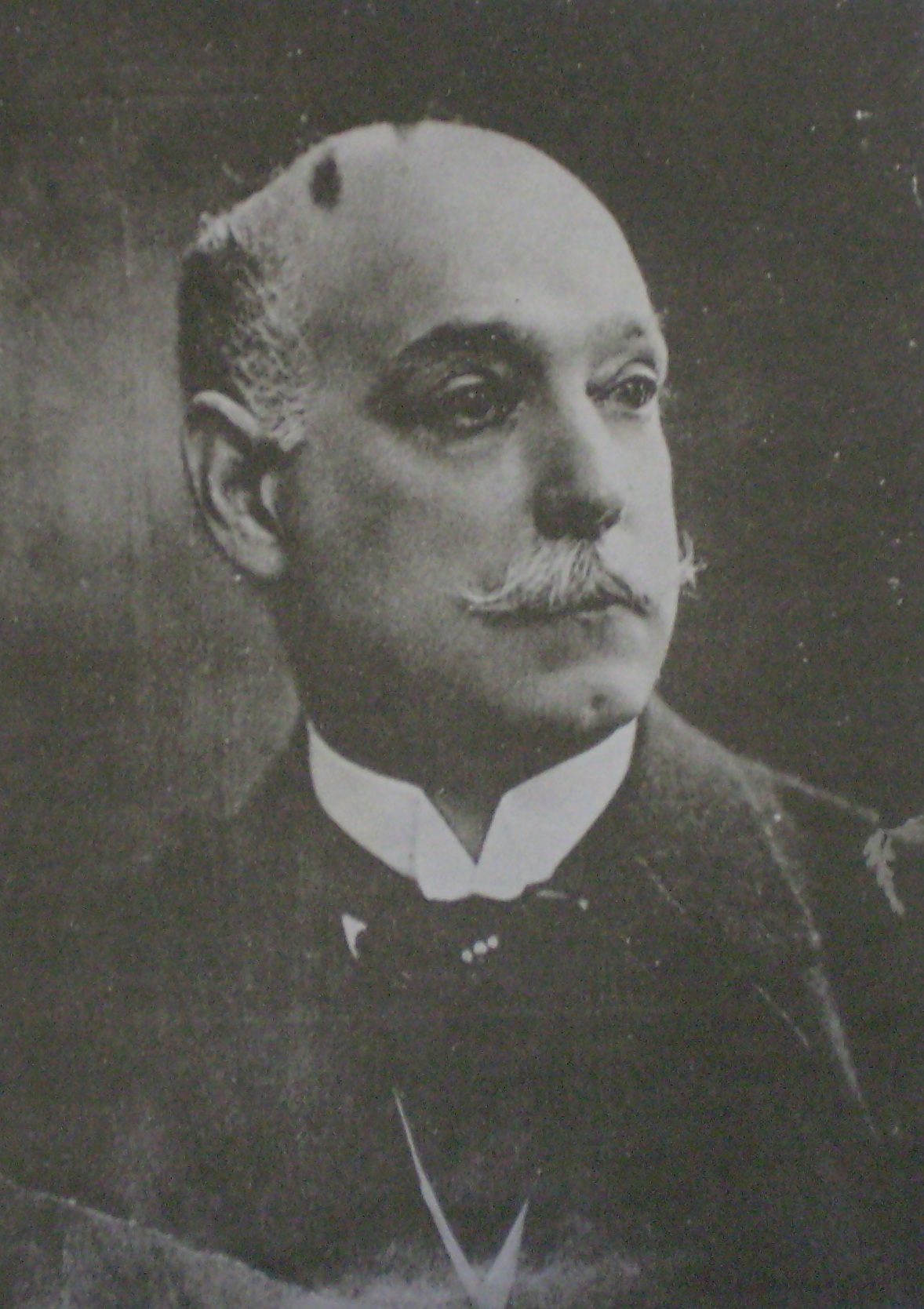Abel Ayerza on:
[Wikipedia]
[Google]
[Amazon]
 Abel Ayerza (21 May 1861
Abel Ayerza (21 May 1861
 Abel Ayerza (21 May 1861
Abel Ayerza (21 May 1861 Buenos Aires
Buenos Aires ( or ; ), officially the Autonomous City of Buenos Aires ( es, link=no, Ciudad Autónoma de Buenos Aires), is the capital and primate city of Argentina. The city is located on the western shore of the Río de la Plata, on South ...
, Argentina
Argentina (), officially the Argentine Republic ( es, link=no, República Argentina), is a country in the southern half of South America. Argentina covers an area of , making it the second-largest country in South America after Brazil, th ...
– 14 July 1918) was an Argentine doctor who gave his name to the cardiological condition Ayerza’s disease.
Biography
Ayerza was the son of theBasque
Basque may refer to:
* Basques, an ethnic group of Spain and France
* Basque language, their language
Places
* Basque Country (greater region), the homeland of the Basque people with parts in both Spain and France
* Basque Country (autonomous co ...
doctor, Toribio Ayerza. He was a fervent catholic, married to Adela Arning with whom he had 11 children. One of his sons was kidnapped and later killed by Juan Gallifi a local Sicilian gangster which caused a great public outcry.
He undertook his higher education in the Medical Faculty of Salvador College in 1872. In 1882 he was a visiting practitioner to the Hospital de Mujeres (Women’s Hospital) and in 1884 was an internal practitioner of the Hospital de Clínicas. In 1885 he completed his practical studies as an intern in this hospital where he presented his thesis titled “Clinical Observations” sponsored by Dr. Ignacio Pirovano. He achieved his doctorate with a Gold Medal in 1886.
Two years later Ayerza travelled to Paris, France, to develop his technique of neurological examination and cardiopulmonary auscultation. Professor Jaccoud introduced him to nosology
Nosology () is the branch of medical science that deals with the classification of diseases. Fully classifying a medical condition requires knowing its cause (and that there is only one cause), the effects it has on the body, the symptoms that ...
and Cartesian Cartesian means of or relating to the French philosopher René Descartes—from his Latinized name ''Cartesius''. It may refer to:
Mathematics
*Cartesian closed category, a closed category in category theory
*Cartesian coordinate system, modern ...
logical analysis at the Hôpital de la Pitié. He also worked with Jean Martin Charcot
Jean-Martin Charcot (; 29 November 1825 – 16 August 1893) was a French neurologist and professor of anatomical pathology. He worked on hypnosis and hysteria, in particular with his hysteria patient Louise Augustine Gleizes. Charcot is known a ...
and Joseph Babinski
Joseph Jules François Félix Babinski ( pl, Józef Julian Franciszek Feliks Babiński; 17 November 1857 – 29 October 1932) was a French-Polish professor of neurology. He is best known for his 1896 description of the Babinski sign, a pathologic ...
at the Hôpital de la Sâltpetrière, with Pierre Carl Edouard Potain at the Hôpital de la Charité
Hôpital de la Charité (, "Charity Hospital") was a hospital in Paris founded in the 17th century and closed in 1935.
History
In 1606, Marie de Médicis invited the Brothers Hospitallers of St. John of God to come to France. The Abbot of Sain ...
.
On his return to Buenos Aires in 1897 Ayerza acquired the position of First Chair of Clinical Medicine in the Medical Faculty of the University of Buenos Aires, the highest teaching level, where his particular educational style quickly found him renown.
President of the Argentine Medical Association
The Argentine Medical Association (''Asociación Médica Argentina'', AMA) is the principal professional association of physicians in Argentina. It is a medical non-profit organization with headquarters in Buenos Aires.
Overview
The group was fou ...
between 1900 and 1901. Counselor of the Faculty of Medical Sciences from 1906 to 1912. Full member of the National Academy of Medicine
The National Academy of Medicine (NAM), formerly called the Institute of Medicine (IoM) until 2015, is an American nonprofit, non-governmental organization. The National Academy of Medicine is a part of the National Academies of Sciences, En ...
from 24 October 1914.
Author of more than 200 scientific publications, Abel Ayerza was the first Argentinian name to enter world medicine by dint of “Ayerza’s disease”
Ayerza’s disease
A syndrome of signs and symptoms which include sclerosis of thepulmonary artery
A pulmonary artery is an artery in the pulmonary circulation that carries deoxygenated blood from the right side of the heart to the lungs. The largest pulmonary artery is the ''main pulmonary artery'' or ''pulmonary trunk'' from the heart, and t ...
, polycythemia
Polycythemia (also known as polycythaemia) is a laboratory finding in which the hematocrit (the volume percentage of red blood cells in the blood) and/or hemoglobin concentration are increased in the blood. Polycythemia is sometimes called erythr ...
, dyspnea
Shortness of breath (SOB), also medically known as dyspnea (in AmE) or dyspnoea (in BrE), is an uncomfortable feeling of not being able to breathing, breathe well enough. The American Thoracic Society defines it as "a subjective experience of brea ...
and cyanosis
Cyanosis is the change of body tissue color to a bluish-purple hue as a result of having decreased amounts of oxygen bound to the hemoglobin in the red blood cells of the capillary bed. Body tissues that show cyanosis are usually in locations ...
. It was first described by Ayerza in a lecture in 1901. Later one of his students, Francisco C. Arrillaga, included the observations into a 1912 thesis and in 1925 published a full description of the disease.
References
{{DEFAULTSORT:Ayerza, Abel 1861 births 1918 deaths Physicians from Buenos Aires Argentine people of Basque descent Argentine cardiologists Burials at La Recoleta Cemetery